International
Ukraine destroys another key bridge in the Russian region of Kursk and takes another locality
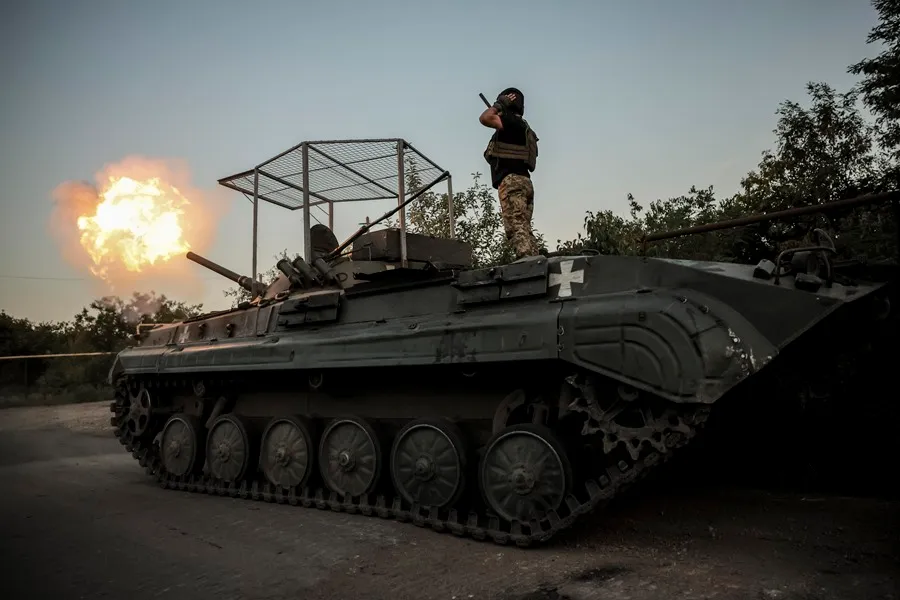
The Ukrainian Army claims that it has destroyed a second bridge in the Russian region of Kursk where its detachments are “reinforcing” positions, Air Force Commander Mykola Oleshchuk reported on his Telegram channel. In addition, he has taken the Russian town of Otruba.
Oleshchuk posted a video on that social network where he apparently shows what he described as a “precise” air strike on the structure of the bridge.
Although Oleshchuk did not specify the location of the damaged structure, the Russian Telegram channel ‘Mash’ said that it was a bridge over the Seim River, near the town of Zvannoye.
He also stated that the attack used HIMARS (multiple rocket launcher system) supplied by the United States, according to information from local Russian media that cannot be independently verified.
If this attack is confirmed, it would be the second bridge destroyed by Ukrainian forces in recent days, which will further hinder Russia’s ability to replenish troops to defend itself from Ukraine’s incursion.
Another bridge over the Seim River in the Glushkovsky district in the Russian region of Kursk was attacked on August 16, as confirmed by Alexey Smirnov, interim governor of the region.
For its part, Russia affirmed that “this is not the time” to negotiate with Ukraine in view of its offensive in the Russian border region of Kursk, but insisted that Moscow’s conditions for the settlement of the conflict “are not annulled.”
“No, (the conditions) are not canceled, but right now it would be inappropriate to start a negotiation process,” Kremlin adviser Yuri Ushakov told the Telegram Shot channel.
He insisted that at the current stage of Ukraine’s incursion into Kursk, Russia is not going to talk to the authorities of that country.
Ushakov thus referred to the conditions of Russian President Vladimir Putin to end the war in Ukraine, which go through the withdrawal of Kiev forces from four regions annexed by Moscow in September 2022.
Russian forces captured 19 Ukrainian soldiers during the defense of the Russian region of Kursk from the Ukrainian offensive, the state agency RIA Novosti reported.
Almost two weeks after the start of Ukraine’s cross-border offensive in the Russian region of Kursk, Ukrainian troops claim to control about 1,000 square kilometers of Russian territory and more than 80 settlements in the region and continue to move forward.
One of the objectives of the Ukrainian incursion into Kursk is to create a plug zone in the territory of the aggressor country, Ukrainian President Volodymyr Zelensky has confirmed.
“Right now, the main task of our defensive actions is to destroy as much as possible of the Russian potential, of its war potential, and maximize our counterattacks,” Zelenski said in his last night speech.
“This includes the creation of a plug zone in the aggressor’s territory: our operation in the Kursk region,” he explained.
Everything that inflicts damage to the Army, the State, the defense or the economy of the Russian Federation helps Ukraine to prevent the expansion of the war and put an end to it with “a just peace for Ukraine,” Zelenski emphasized.
On the other hand, Ukrainian forces have taken the Russian town of Otruba and 11.5 square kilometers of its surroundings after penetrating the Russian region of Kursk crossing the border in another area, 35 kilometers from the initial incursion, Ukrainian military analysts say.
The take of Otruba was confirmed by the Ukrainian analysis platform DeepState on Sunday at the last minute.
According to the map of the fights, there are several more localities that are in the running, including Tiotkino and the territories near Popovo-Lezhachi, so in total there are six square kilometers that are being contested in that area.
These fighting is taking place west of the Glushkovo district of the Kursk region, about 35 kilometers away from the area that Ukraine already controls in the Russian region, east of that district.
To the east of the Glushkovo district, Ukraine captured the towns of Snagost and Apanasivka, Deepstate also reported on Sunday night, and its forces have also made advances in Olgovka, near Korenevo, to the north.
As a result, Ukraine already controls or disputes more than 1,200 square kilometers of Russian territory in Kursk, according to Deepstate.
However, families with minors will have to leave the city of Pokrovsk, in the eastern Ukrainian region of Donetsk, due to the danger posed by the Russian advance towards the important logistical node, the authorities announced.
Russia has lost more than 600,000 of its soldiers, between dead and wounded, since the beginning of its large-scale invasion that began almost two and a half years ago, said the General Staff of the Ukrainian Army.
In addition, the International Atomic Energy Agency (IAEA) warns of the deterioration in the safety of the Ukrainian nuclear power plant in Zaporijia, under Russian occupation and with the reactors turned off since 2022, after the impact this weekend of a drone with an explosive charge near the plant.
“Nuclear power plants are designed to withstand technical, human and external events, even extreme failures, but they are not built to resist a direct military attack,” explains the director general of the IAEA, the Argentine Rafael Grossi, in a statement.
The Ukrainian Air Force also stated that last morning it has managed to successfully intercept the 11 kamikaze-type drones launched by Russia from the Kursk and Primorsko-Akhtarsk regions.
For its part, the Russian Army took the Ukrainian town of Zalizne, known to the Russians as Artiomovo, in its advance towards the city of Toretsk, one of the objectives of the Russian offensive in the annexed region of Donetsk, as reported today by the Russian Ministry of Defense in its daily war report.
International
Meta Says Russia Seeks to Ban WhatsApp for Defending Secure Communication

U.S. tech giant Meta, the parent company of WhatsApp, said that Russia is seeking to ban the messaging app because it “challenges government attempts to violate people’s right to secure communication.”
Russian authorities have encouraged citizens to switch to state-backed applications, and in August they already blocked WhatsApp’s calling feature.
On Friday, the communications regulator Roskomnadzor claimed that the platform was being used to “organize and carry out terrorist acts in the country, recruit perpetrators, and facilitate fraud and other crimes.”
“If the messaging service does not comply with Russian law, it will be completely blocked,” the regulator warned.
WhatsApp remains one of Russia’s most widely used messaging services, alongside Telegram.
Moscow is pressuring both platforms to grant authorities access to user data upon request for investigations into fraud and activities the government labels as “terrorist.”
Human rights advocates fear the demand could be used to target critics of the Kremlin, President Vladimir Putin, or the war in Ukraine.
International
Archbishop Wenski criticizes Trump’s deportation policies, calls for stronger push for reform
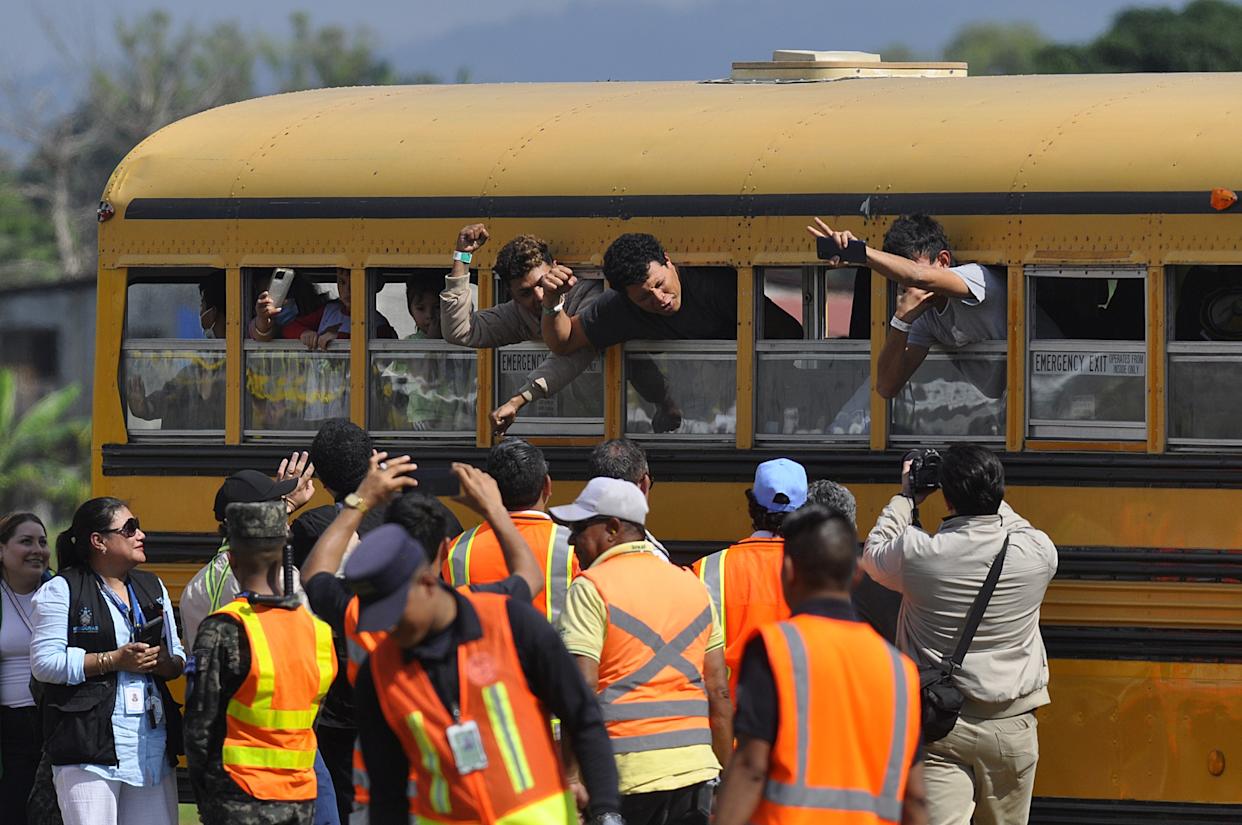
The Archbishop of Miami, Thomas Wenski, has called for increased pressure on the U.S. Congress to advance comprehensive immigration reform and criticized President Donald Trump’s mass deportation policies, arguing that they “do nothing to help.”
“We need to apply more pressure on Congress so lawmakers can make the necessary changes. It is also important for the Administration to listen to our voice. We do not want to be anyone’s enemy—we are Americans,” Wenski said in an interview with EFE.
The religious leader, who heads one of the dioceses with the largest Latino and Haitian populations in the United States, issued a call to defend the rights of migrants. He also emphasized that the U.S. Conference of Catholic Bishops (USCCB) has maintained a strong and public stance in favor of migrants for decades.
International
Trump relaunches diplomatic push to finalize U.S.-Backed peace plan for Ukraine War
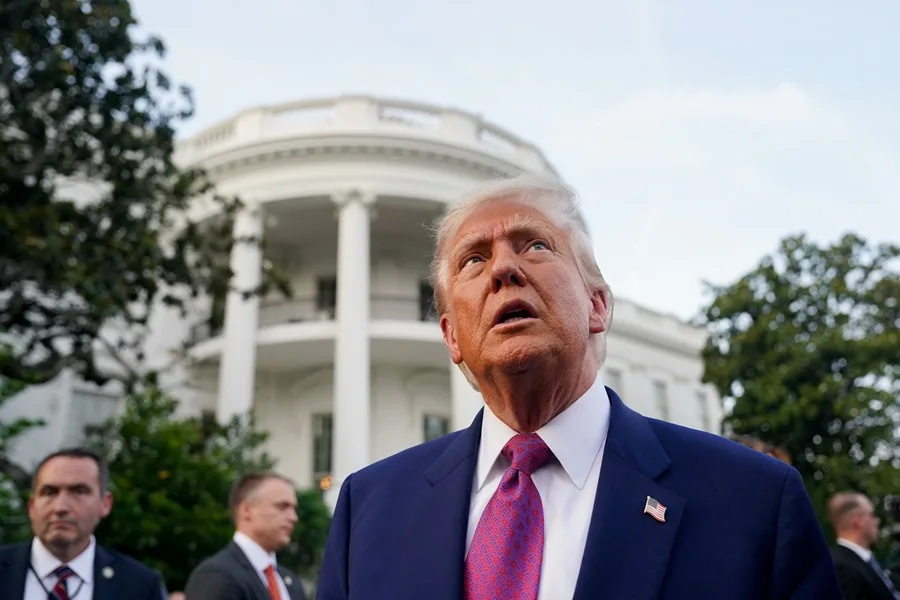
U.S. President Donald Trump announced on Tuesday that his diplomatic team will resume meetings with delegations from Russia and Ukraine in an effort to pressure both sides to accept the peace plan proposed by Washington to end the war in Ukraine.
As part of this new round of talks, U.S. Special Envoy Steve Witkoff will travel to Moscow to meet with Russian President Vladimir Putin. Meanwhile, Army Secretary Dan Driscoll will hold discussions with Ukrainian representatives to narrow differences on the remaining points of the agreement.
Trump also confirmed his intention to meet personally with Ukrainian President Volodymyr Zelensky and with Putin, though he emphasized that such meetings will only take place “when the agreement is fully finalized or in its final stage.”
The president claimed that his administration has made “tremendous progress” toward resolving the conflict and reiterated that the war “never would have started” if he had been in the White House at the onset of the crisis.
The U.S.-backed peace plan consists of 28 points and has been revised following feedback from both sides. According to Trump, only “a few points of disagreement” remain under active discussion.
One of the most controversial aspects of the proposal is the suggestion that Ukraine cede parts of the Donbas region to Russia and limit the size of its armed forces. Kyiv is working closely with Washington to soften these clauses in search of an arrangement that does not compromise its sovereignty or security.
With this diplomatic push, Trump aims to solidify his role as the main mediator in the conflict and steer the war toward a political resolution after years of devastation, humanitarian crisis, and rising global geopolitical tensions.
-

 Central America2 days ago
Central America2 days agoTrump Pardons Former Honduran President Hernández and Warns of Aid Cuts Ahead of Election
-
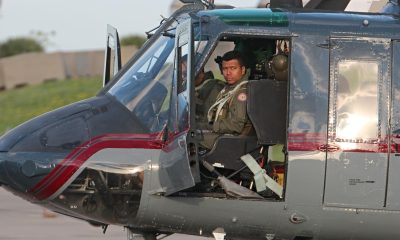
 Central America4 days ago
Central America4 days agoPanama reinforces security with new helicopters and Super Tucano Aircraft purchases
-

 Central America4 days ago
Central America4 days agoTrump urges hondurans to back conservative candidate Nasry Asfura in november elections
-
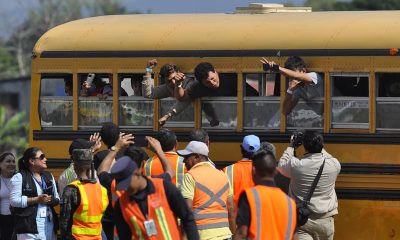
 International4 days ago
International4 days agoArchbishop Wenski criticizes Trump’s deportation policies, calls for stronger push for reform
-

 Central America4 days ago
Central America4 days agoWashington calls for oversight as Honduras faces allegations of electoral interference
-

 Central America22 hours ago
Central America22 hours agoHonduras’ China–Taiwan Future Hinges on Sunday’s Presidential Election
-

 International2 days ago
International2 days agoMeta Says Russia Seeks to Ban WhatsApp for Defending Secure Communication
-

 Central America2 hours ago
Central America2 hours agoHonduras Extends Voting by One Hour Amid High Turnout, CNE Announces






























